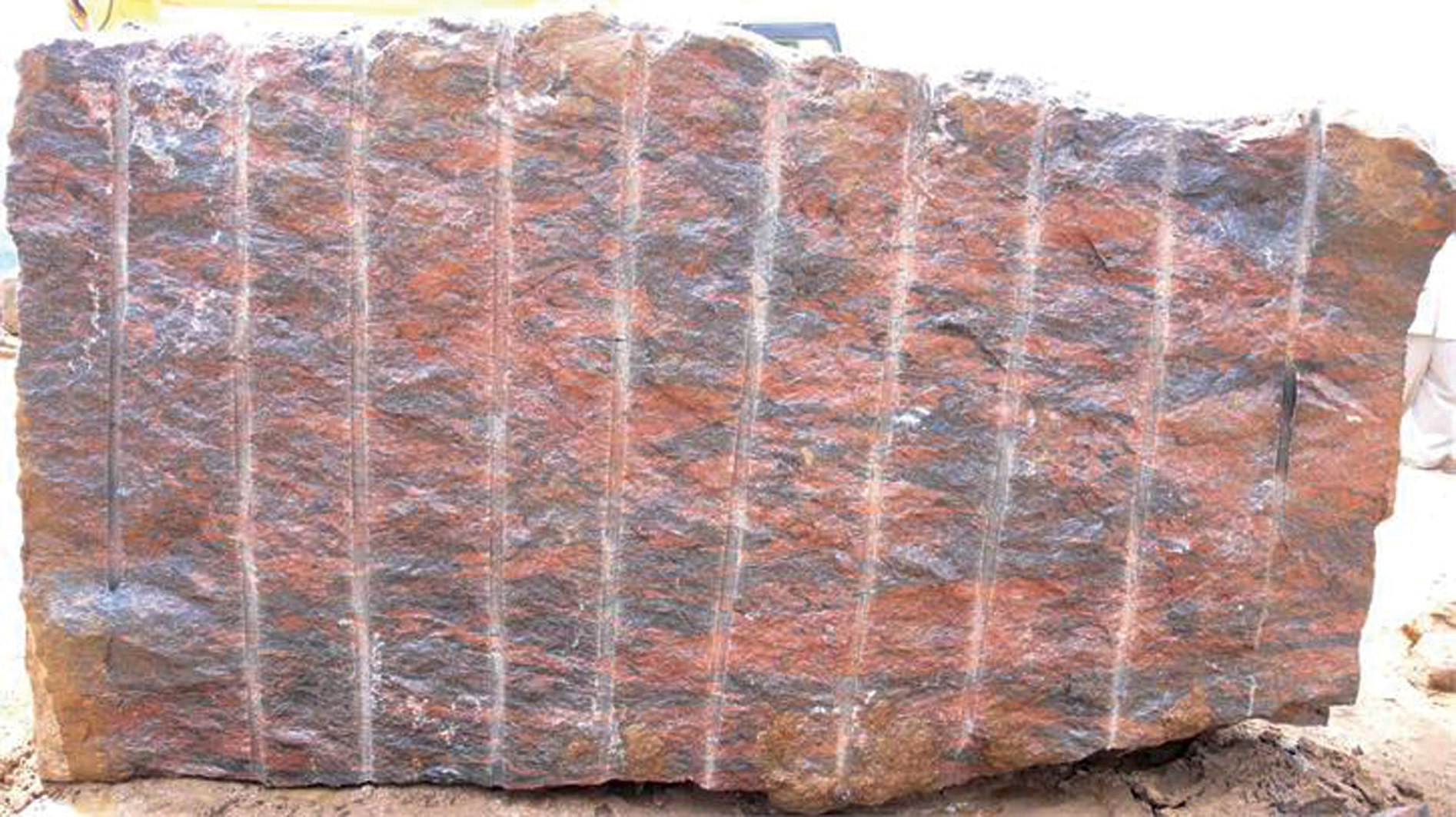Uncovering the Appeal of Granite Quarry in South Africa Marvels
Uncovering the Appeal of Granite Quarry in South Africa Marvels
Blog Article
Unearthing the Rich Background and Lasting Practices of Granite Quarrying
As we base on the precipice of uncovering the intricate tapestry of granite quarrying, a trip with time reveals not simply the physical act of removing stone but additionally the cultural and historic value woven into the very material of this practice. From the old origins that laid the structure for contemporary quarrying strategies to the sustainable techniques that are shaping the future of this industry, each sculpt mark on granite surfaces narrates waiting to be discovered (granite quarries in south africa). The legacy of granite quarrying extends far past mere removal; it is a testament to human resourcefulness, durability, and the long-lasting appeal of this majestic stone
Old Origins of Granite Quarrying
Dating back to old worlds, the method of quarrying granite has been an indispensable component of human history and architectural innovation. The earliest evidence of granite quarrying go back to ancient Egypt, where huge pyramids and elaborate sculptures were crafted from this resilient rock. The Egyptians used primitive tools to draw out granite blocks from quarries, showcasing the importance of this material in their monumental building and constructions.
Moving on in history, the Greeks also made significant contributions to the quarrying of granite. The Greeks utilized granite in numerous building wonders, such as holy places and statues, demonstrating their ability in shaping and sculpting this durable stone. The Romans even more fine-tuned the strategies of quarrying granite, employing advanced tools like blades and hammers to remove and shape granite for their famous frameworks.
Via the centuries, the technique of quarrying granite has developed, with contemporary technologies improving performance while keeping the classic appeal of this all-natural rock - granite quarries in south africa. From old worlds to contemporary home builders, the tradition of granite quarrying remains to form our globe
Development of Quarrying Methods
The development of quarrying techniques has actually been noted by a constant development towards greater performance and accuracy in extracting granite. Early quarrying strategies included manual labor with standard tools such as chisels, hammers, and wedges to remove granite blocks from the earth.
In even more recent times, the advent of equipment reinvented the quarrying industry, allowing faster removal rates and raised efficiency. Technologies such as diamond cable saws, high-pressure water jets, and pneumatic drills have actually ended up being standard in contemporary quarries, enabling exact cutting and decreased waste. Advancements in computer-controlled devices and 3D modeling have actually optimized quarrying procedures, leading to marginal environmental effect and boosted sustainability practices. As the need for granite proceeds to rise, the development of quarrying strategies remains important to conference industry click for info needs effectively and sustainably.
Cultural Relevance of Granite
Granite holds a profound social value throughout numerous people because of its long-lasting presence in building masterpieces and admired monuments. From the magnificent pyramids of Egypt to the elaborate carvings of the Angkor Wat temple in Cambodia, granite has actually been a product of option for revealing magnificence and longevity in social heritage. In ancient Rome, granite columns decorated holy places and public buildings, representing toughness and durability. The social importance of granite prolongs beyond its physical characteristics; it embodies durability, stability, and eternity, making it a sign of withstanding legacies and practices.

Sustainable Practices in Quarrying
Amidst the rich background of granite quarrying and its social importance exists a growing emphasis on lasting techniques within the sector. As environmental understanding and issues concerning source deficiency have actually heightened globally, the quarrying field has increasingly accepted sustainable approaches to decrease its influence on the atmosphere and surrounding areas.

Furthermore, reclamation and rehabilitation of quarry websites post-extraction are essential to sustainable go techniques. By restoring quarried areas to a natural or helpful state, such as developing wildlife habitats or recreational spaces, quarriers can offset the ecological footprint of their procedures and contribute favorably to the regional ecological community.
Tradition of Granite Quarrying
With a historic backdrop steeped in workmanship and commercial progression, what enduring impact has granite quarrying left on the landscape of modern society? The heritage of granite quarrying transcends mere extraction techniques; it has actually shaped architectural marvels, metropolitan landscapes, and social heritage worldwide. The resilient nature of granite has actually made it a preferred choice for monuments, buildings, and framework, standing as a testament to the skill and virtuosity of quarry workers throughout generations.
Additionally, the economic footprint of granite quarrying can not be neglected. The market remains to give work opportunities and drive local economic situations in regions where granite extraction is widespread. It has additionally spurred technical improvements in quarrying techniques and devices, resulting in a lot more efficient and lasting techniques.
In regards to sustainability, the legacy of granite quarrying includes initiatives to reduce ecological effects through reclamation projects and responsible resource management. By balancing financial interests with environmental stewardship, the sector strives to ensure that future generations can proceed to take advantage of this long-lasting natural deposit.
Verdict

Report this page